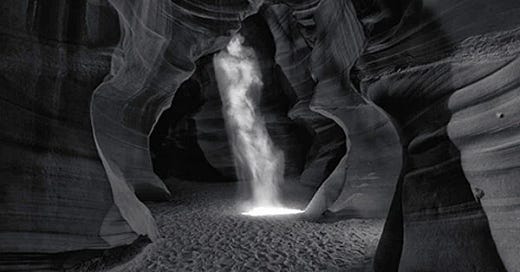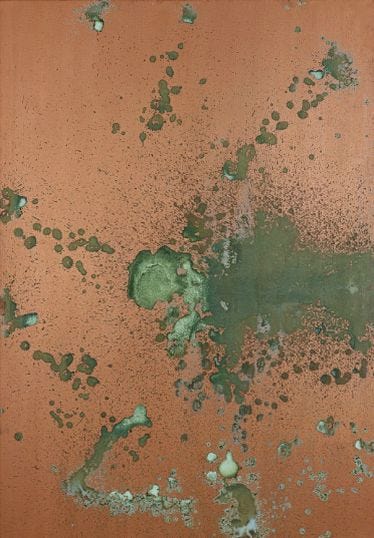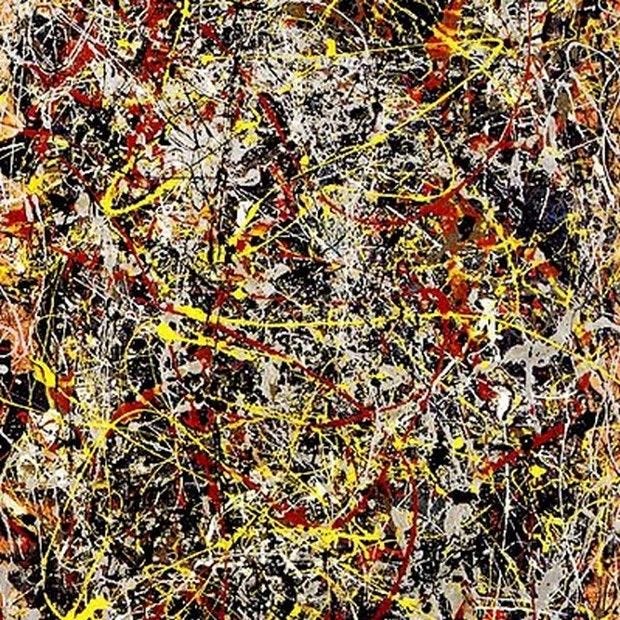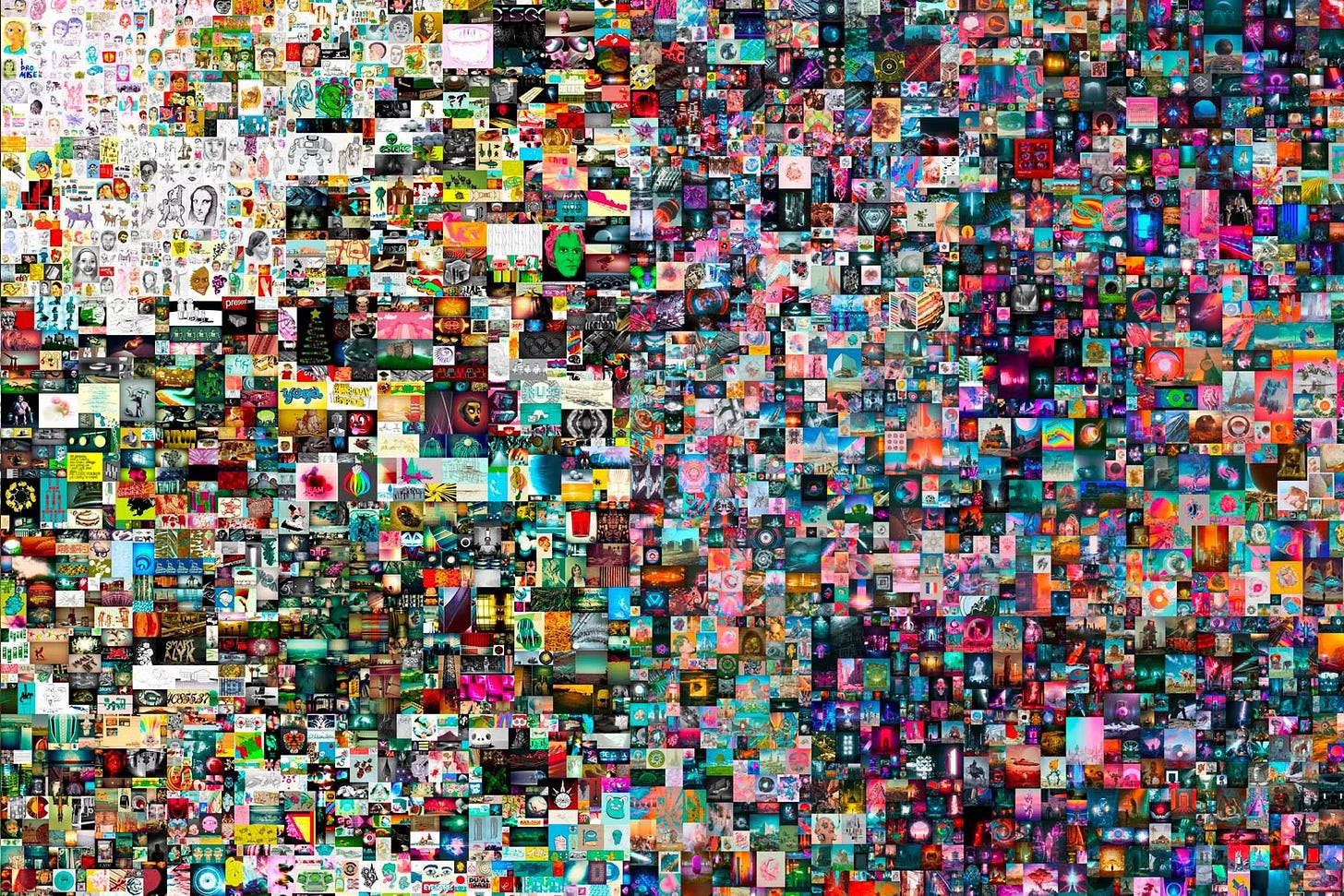AI and art
AI is changing the world of art, photography and television. New artists are emerging and the definition of what is good art is constantly changing.
“The only constant in life is change”- Heracles
The start of the canvas
Early paintings were often done on walls, ceilings and buildings. The adoption of canvas for painting began to gain traction during the Italian Renaissance. Venetian painters were among the early adopters of canvas as a painting surface.
During the early days of the canvas many considered them to be low-end or “not real art” as real art was painted on physical buildings.
Why history matters
Every generation has ideas of what is and is not art.
Below are a few controversial works of art that are all worth more than $1 million:
Piss Paintings: Andy Warhol $1.8 million
Andy Warhol Oxidation paintings also known as Piss Paintings are sheets of copper his interns peed on and were later sold as oxidation paintings. The urine creates oxidation and patterns.
Number 5 1948: Jackson Pollock $140 million
The painting, measuring approximately 4 feet by 8 feet and composed of layers of oil paint and enamel on a fiberboard surface, using 'drip painting' technique of Pollock. This painting transformed the way artists and viewers perceive and engage with abstract art.
Everydays: Beeple $69 million
Beeple (Mike Winkelmann), gained widespread acclaim for his 'Everydays' project, a series of digital art pieces that he created and shared online every single day for over 13 years, starting on May 1, 2007. A digital collage of the first 5000 days of his 'Everydays' series, which sold for $69.3 million at a Christie's (one of the most expensive NFTs ever sold).
Phantom Photograph: Peter Lik $6.5 million
Peter Lik, an Australian landscape photographer known for his captivating and dramatic images of nature, made headlines with 'Phantom,' a black-and-white photograph capturing a ghostly beam of light streaming through the iconic Antelope Canyon in Arizona. In 2014, 'Phantom' became the most expensive photograph ever sold at the time, fetching a staggering $6.5 million in a private sale.
Conclusion: Art & AI
The idea of what is and is not art is constantly changing.
Some of the most amazing artwork will come from AI as well as some of the the best discussions about what is and is not art.
I am curious to see how art expands with NFTs, traditional art and future mediums we may not have thought of yet.
Advances in technology will lead to new creative ways of storytelling through images, screens and videos.
Cheers
Josh Bobrowsky
Skybrook Founder & CEO









